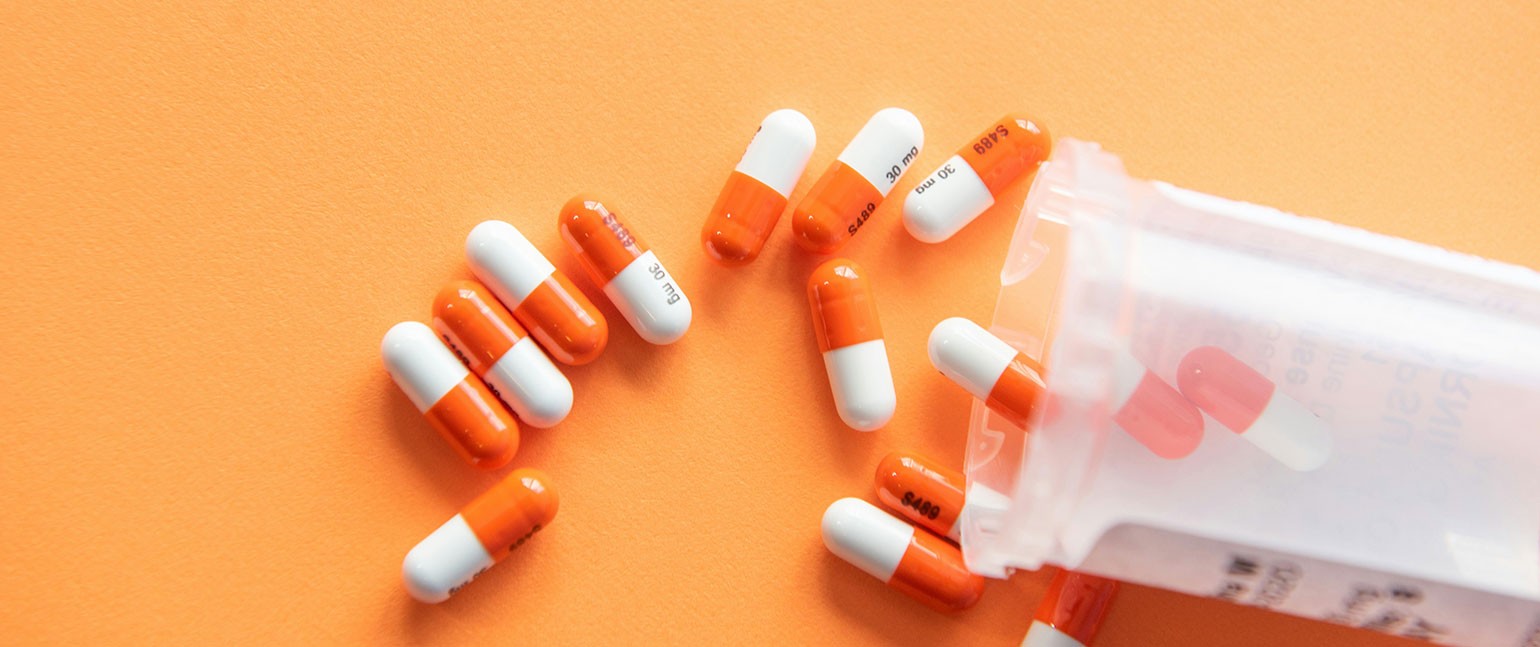I. Applications of Oxygen in Pharmaceuticals
1. Cell Culture and Bioreactions
• Oxygen is essential for cellular respiration and metabolism. In biopharmaceutical production (e.g., antibodies, vaccines), precise oxygen control maintains cell viability and promotes product synthesis.
• Certain enzymatic reactions (e.g., cholesterol oxidase-catalyzed reactions) rely on oxygen as a substrate; high-purity oxygen enhances reaction efficiency and specificity.
• High oxygen concentrations improve microbial metabolic efficiency in fermentation processes (e.g., glucose fermentation), increasing yield.
2. Chemical Synthesis and Process Optimization
• Oxygen acts as an oxidant in drug synthesis, accelerating reaction rates and improving yield. For example, enzymatic oxidation reactions (e.g., cholesterol oxidase-catalyzed reactions) depend on high-purity oxygen to ensure specificity and efficiency.
• Oxygen is used as a combustible gas auxiliary in ampoule sealing processes.
3. Environmental Control and Protection
• Oxygen regulates tank atmospheres in fermentation and cell culture to prevent contamination or oxidative stress.
• High-purity oxygen is used for drying medical equipment and cleaning sterile areas, ensuring pollution-free production environments.
4. Medical Applications
• Medical-grade oxygen (93%-99.5% purity) treats respiratory diseases (e.g., hypoxia, respiratory failure) and serves as the basis for hyperbaric oxygen therapy.
• Oxygen is required for producing pharmaceutical excipients (e.g., aerosol propellants).
II. Advantages of On-Site PSA Oxygen Systems as Oxygen Sources
1. Economic Efficiency and Cost Control
• On-Demand Supply: Customizable oxygen flow and purity match production needs, avoiding waste or shortages.
• Cost Reduction: Compared to liquid oxygen or cylinder oxygen, PSA eliminates transportation and inventory costs, offering lower long-term expenses.
2. Stable and Controlled Oxygen Quality
• High Purity: PSA technology produces oxygen with 90%-99.5% purity, meeting strict pharmaceutical requirements (e.g., high-purity oxygen for cell cultures).
• Real-Time Monitoring: Automated systems ensure continuous, stable oxygen supply with consistent pressure, preventing production disruptions or material loss.
3. Safety and Compliance
• Eliminated Storage Risks: On-site oxygen generation removes the need for hazardous tanks, reducing explosion/leak risks and aligning with GMP safety standards.
• Customized Adaptation: Flexible configurations meet diverse oxygen demands while complying with pharmacopoeia limits on impurities (e.g., moisture, oil, microbes).
4. Environmental Sustainability
• Low Energy Consumption: Advances in PSA technology reduce energy use, and zero emissions support green pharmaceutical practices.
• Carbon Footprint Reduction: Eliminating liquid oxygen transportation cuts carbon emissions, aiding pharmaceutical companies’ “dual carbon” goals.
5. Process Optimization and Efficiency
• Precise Control: Adjustable oxygen concentration and flow optimize parameters in cell culture, oxidation reactions, etc., enhancing product consistency.
• Compact Design: Space-saving PSA units fit constrained factory layouts, and modular designs facilitate scalability.
PSA on-site oxygen systems provide cost-effective, high-purity, and flexible oxygen solutions for pharmaceutical applications, addressing traditional supply challenges while advancing precision and sustainability. As pharmaceutical technologies evolve, PSA innovations (e.g., intelligent control, lower energy consumption) will further support industry progress.



